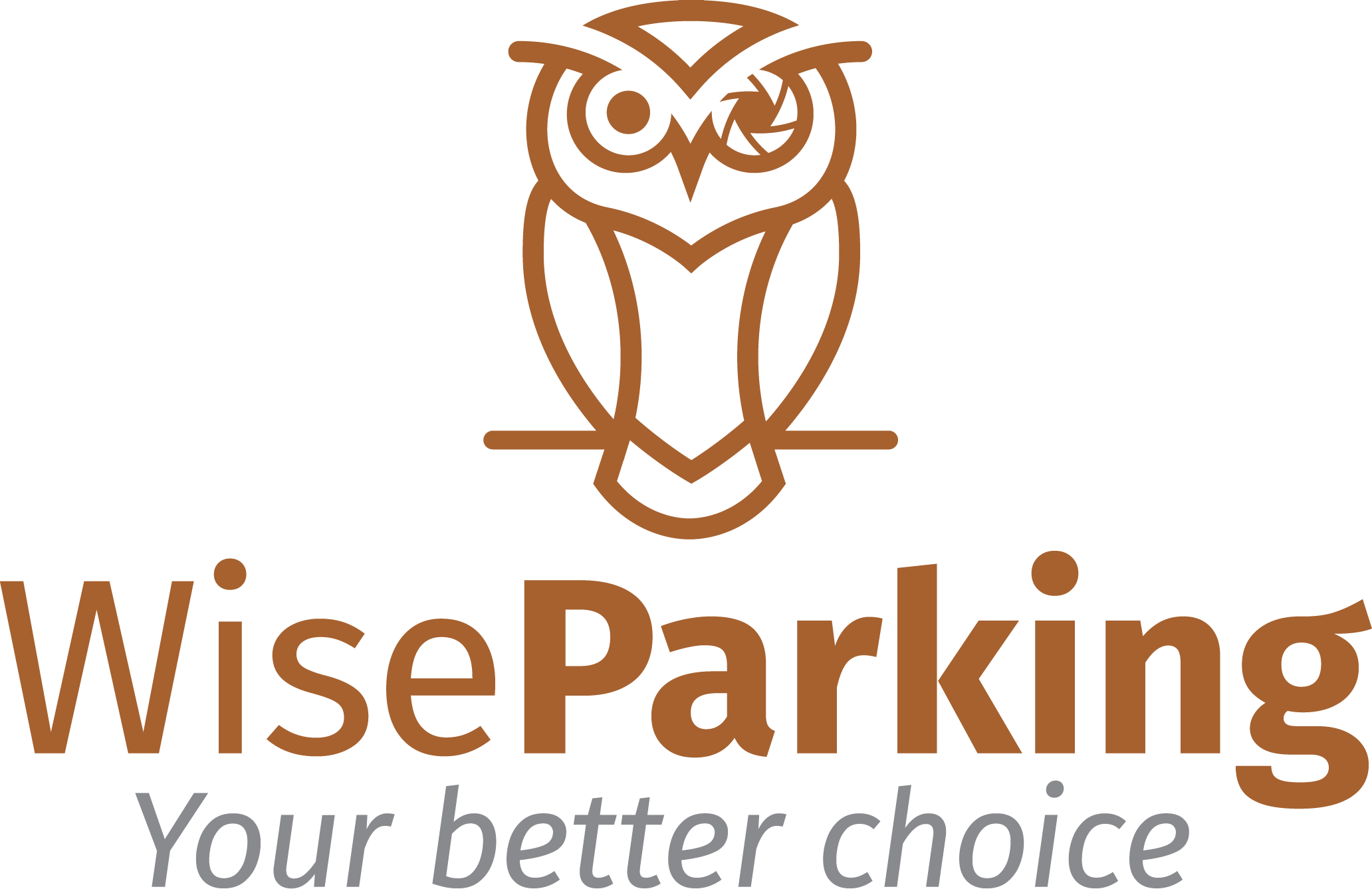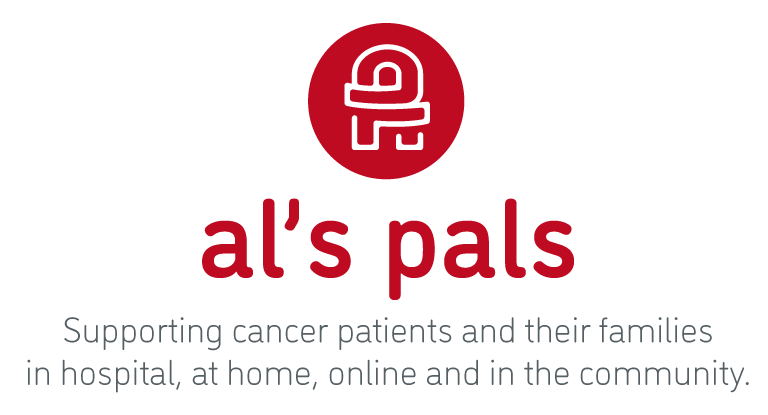

The Future of Work: Why “Blended Work” Is the Next Big Shift for UK Businesses
Moving Beyond Hybrid: The New Reality of Blended Work
The workplace revolution isn’t slowing down. After years of experimentation with hybrid and remote models, a new approach is emerging – blended work.
Blended work is about more than flexible hours or home-office setups. It’s about seamlessly integrating people, technology and physical space to create a workplace that’s productive, inclusive and sustainable.
For business owners and HR leaders, this shift marks a turning point. The challenge now isn’t where people work – it’s how they work together.
What Does Blended Work Actually Mean?
Blended work builds on the lessons of hybrid working. It recognises that employees need different environments to do their best work – sometimes that’s at home, sometimes in the office and sometimes powered by digital tools that connect them from anywhere.
It’s a model that values flexibility, collaboration and digital confidence. Rather than separating “remote” and “office”, blended work focuses on designing a culture where technology supports human connection – not replaces it.
This approach helps businesses unlock performance, innovation and engagement – all while supporting employee wellbeing.
Why Blended Work Matters for Business Leaders
Blended work is no longer a nice-to-have; it’s fast becoming a strategic advantage.
Employees today expect flexibility, trust and purpose. Organisations that resist this shift risk losing talent to competitors who offer greater freedom and connection. Meanwhile, advances in AI and automation mean work is changing at every level – from how teams communicate to how tasks are delivered.
The most successful businesses will be those that blend human capability with digital innovation – where technology handles the admin, and people focus on creativity, collaboration and growth.
But to achieve this, leaders must rethink traditional management habits. It’s not about counting office days – it’s about measuring outcomes, nurturing culture and communicating clearly.
Building a Blended Work Strategy That Works
Creating a successful blended workplace starts with intentional design. It’s not enough to let flexibility evolve by accident – you need structure, trust and purpose.
Business leaders should:
-
Define the why: Be clear on why flexibility matters for your business and people.
-
Communicate openly: Transparency builds confidence – explain how decisions are made.
-
Invest in digital skills: Empower teams to use technology effectively and confidently.
-
Rebuild connection: Plan moments that bring people together – both online and in person.
-
Measure impact: Track engagement, retention and productivity to refine your approach.
Done well, blended work strengthens culture, enhances wellbeing and drives long-term performance.
Keeping the “Human” at the Heart of the Workplace
Technology is transforming work faster than ever, but people remain the beating heart of every business.
The future of work will be human-led and tech-enabled – not the other way around. Leaders who embrace this balance will attract loyal teams, improve efficiency, and create cultures that thrive on trust, collaboration and growth.
At Haus of HR, we believe the businesses of tomorrow will be built on flexibility, fairness and connection – where employees feel valued, empowered and supported to do their best work, wherever they are.
Ready to Redesign the Way You Work?
If you’re ready to future-proof your business and build a blended workplace that works for everyone, the team at Haus of HR can help. From hybrid policy design to leadership coaching and HR transformation, we’ll help you build a people-first culture that thrives in the digital age.
Visit hausofhr.com to learn more or book a free HR consultation.









